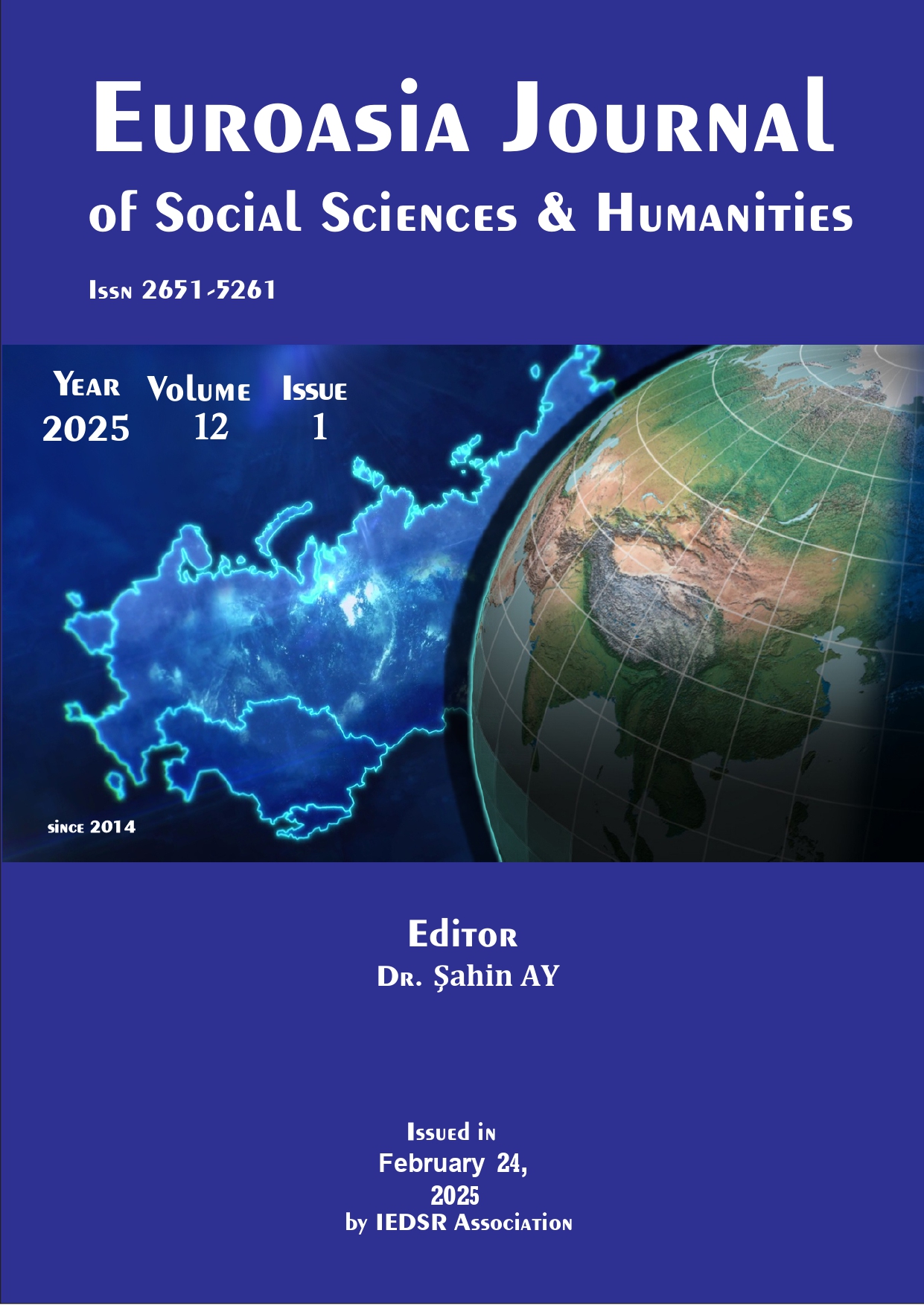Artificial Intelligence in Digital Silk Road: Driving Innovation and Economic Transformation
DOI:
https://doi.org/10.5281/zenodo.15107135Keywords:
Digital Silk Road, Artificial Intelligence in BRI, AI-powered Economic Transformation, Smart Technologies in Eurasia, AI and Global TradeAbstract
The Digital Silk Road (DSR), a key component of China’s Belt and Road Initiative (BRI), is reshaping global trade, technological infrastructure, and economic growth through the integration of advanced digital technologies, particularly artificial intelligence (AI). This article explores the profound impact of AI on the economic transformation of countries along the Digital Silk Road. As AI technologies such as machine learning, big data, and the Internet of Things (IoT) continue to evolve, they are driving the emergence of new business models, enhancing productivity, and optimizing industries across Eurasia. From AI-powered digital platforms that streamline trade to the adoption of AI-driven services in sectors like healthcare, transportation, and agriculture, AI is enabling Silk Road economies to leapfrog traditional development models and enter the digital age. The article examines how China’s leadership in AI, combined with its expanding technological footprint along the Digital Silk Road, is fostering innovation and collaboration between BRI countries. At the same time, it highlights the challenges posed by geopolitical tensions, technological sovereignty, and the need for international cooperation on AI standards and regulations. The paper concludes that the future of the Digital Silk Road, powered by AI, offers new opportunities for economic growth, technological progress, and global collaboration, but also necessitates careful consideration of inclusivity and sustainability to ensure the benefits of AI are widely accessible.
Downloads
References
Cheney, C.T. (2021) ‘The Digital Silk Road: Understanding Chinas technological rise and the implications for global governance’, in Research handbook on the belt and road initiative. Edward Elgar Publishing, pp. 88–101. Available at: https://www.elgaronline.com/abstract/edcoll/9781789908701/9781789908701.00016.xml (Accessed: 13 December 2024).
Fung, K.C. et al. (2018) ‘Digital silk road, Silicon Valley and connectivity’, Journal of Chinese Economic and Business Studies, 16(3), pp. 313–336.
Hussain, F. et al. (2023) ‘Infrastructure Development for the Digital Silk Road (DSR) and its Implications for China Under the Belt and Road Initiative’, Asia-Pacific Social Science Review, 23(4).
Kopka, A. and Grashof, N. (2022) ‘Artificial intelligence: Catalyst or barrier on the path to sustainability?’, Technological Forecasting and Social Change, 175, p. 121318.
Li, K. (2023) ‘Artificial Intelligence as a Catalyst in the Circular Economy Transition’, in The Routledge Handbook of Catalysts for a Sustainable Circular Economy. Routledge, pp. 289–311.
Li, Y. (2019) ‘Influence of the Internet on the Economic Growth of the Belt and Road Region’, Global Journal of Emerging Market Economies, 11(3), pp. 248–259. Available at:
Ly, B. (2020) ‘Challenge and perspective for Digital Silk Road’, Cogent Business & Management. Edited by A.W.K. Tan, 7(1), p. 1804180.
Oughton, E.J. et al. (2022) ‘Policy choices can help keep 4G and 5G universal broadband affordable’, Technological Forecasting and Social Change, 176, p. 121409.
Triolo, P. et al. (2020) ‘The digital silk road: expanding China’s digital footprint’, Eurasia Group, 8, pp. 1–13.
Wu, L. (2024) ‘Artificial Intelligence as a Catalyst for Business Model Innovation’, in 2024 International Conference on Artificial Intelligence and Digital Management (ICAIDM 2024). Atlantis Press, pp. 55–62.
Downloads
Published
How to Cite
Issue
Section
License
Copyright (c) 2025 EUROASIA JOURNAL OF SOCIAL SCIENCES & HUMANITIES

This work is licensed under a Creative Commons Attribution-NonCommercial 4.0 International License.

